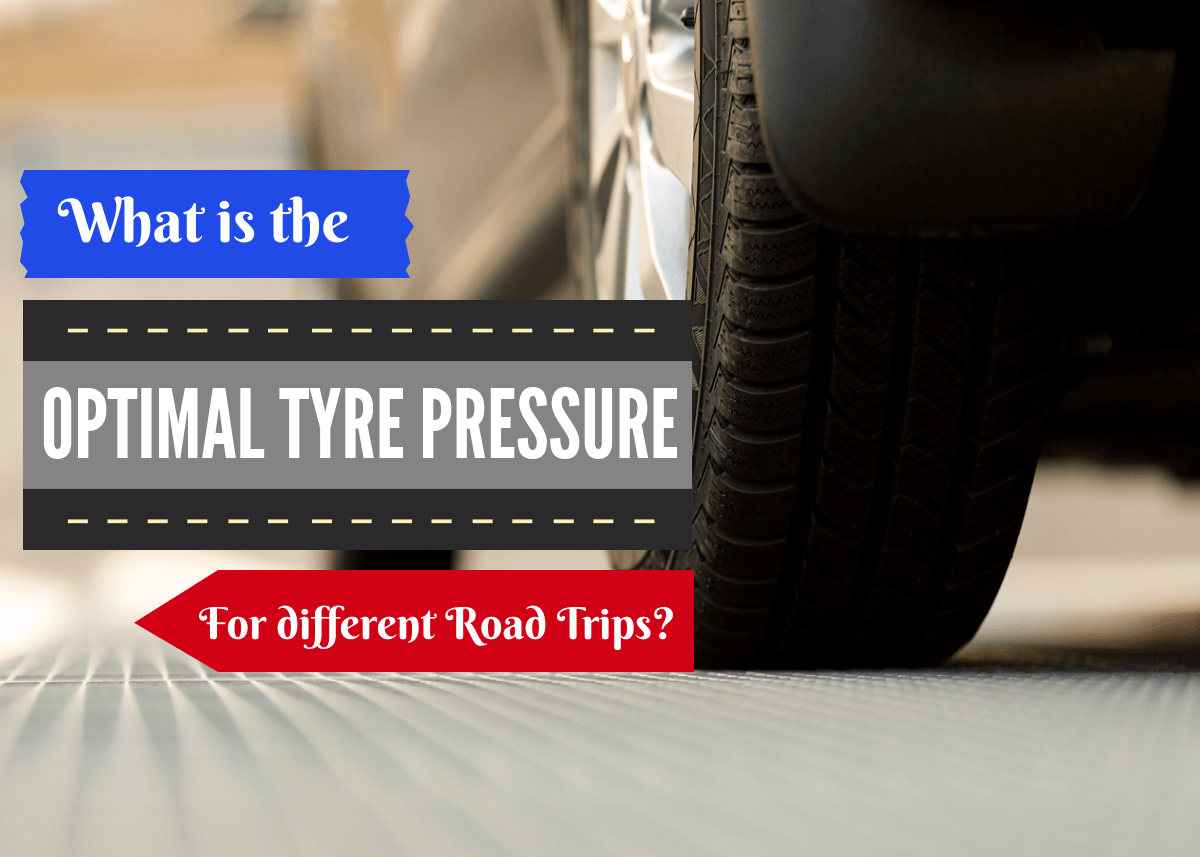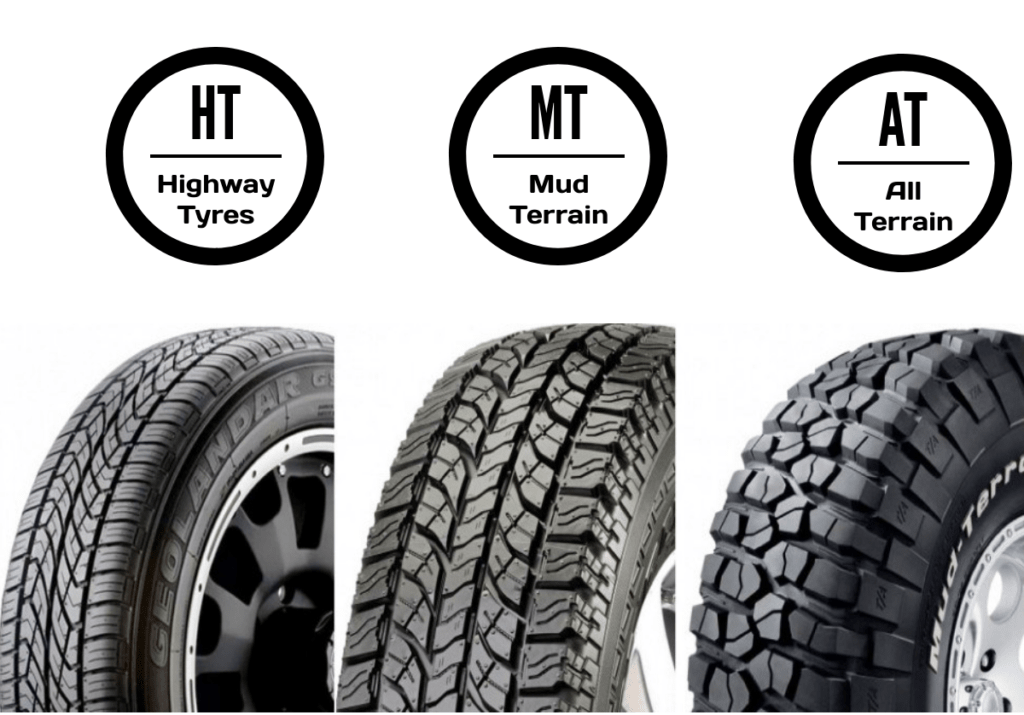
When you ask different drivers, regarding what is the optimal tyre pressure that needs to be maintained in a car for getting the best driving performance and safety. Chances are there you’ll get all sorts of different answers. When it comes to driving on different terrains, there isn’t one formula for the correct or optimal tyre pressure. At times, road trippers check tyre pressure irregularly and to make it even worse, they leave the tyres at one pressure regardless of the changing road terrains. Nevertheless, buying good quality tyres is not only crucial for great performance and durability but also safety.
WHAT IS THE SIGNIFICANCE OF TYRE PRESSURE?
Aussies are fortunate enough to witness every kind of road surface including sealed bitumen; levelled but unsealed road; rough unsealed road containing gravel, corrugation and bulldust; rough track containing rocks, creek crossings and mud; and sand alongside the beach. When you venture out on a road trip, it’s possible that you will encounter nearly all of these different road conditions on a single day’s trip. Add to it, either your 4WD may be fully loaded with stuff or your vehicle will be hauling the extra weight of a trailer behind. In such a scenario, you’re demanding the maximum performance from your vehicle’s tyres.
DIFFERENT TERRAIN TYRES ARE MADE DIFFERENTLY TO ENDURE DIFFERENT CONDITIONS
Different terrain tyres are made differently to withstand different road conditions such as off-road, on-road etc. In addition, tyres for on-road and off-road differ considerably in their tread patterns, design and construction. This means, we’re negotiating on one or another and many of us select tyres that are a blend of both, on-road and off-road conditions (i.e. they can be driven on both on-road and off-road terrains), offering average tyre performance at best.

MAINTAINING OPTIMAL TYRE PRESSURE IS THE KEY
It all comes down to maintaining optimal tyre pressure when you’re beginning your trip, which will assist you to lower the danger of harm or a blowout and optimise your tyre’s safety and performance. For effectively gaining and upholding traction, it is vital that you set your vehicle’s tyres at the correct pressure for the task.
IT’S WISE TO INVEST IN A TYRE PRESSURE GAUGE & TYRE COMPRESSOR
It’s crucial to invest in your own tyre pressure gauge and tyre compressor, which will help you to manage your tyre pressure when you’re driving on different terrains without having to depend on a service station. Thus, you can easily lower your tyres’ pressure when you approach rough terrain, and again re-inflate them when you get back to the sealed road – the ten minutes invested is a worthwhile investment, which also allows everybody to stretch their legs and relax on the long trip.
LET’S GLANCE OVER THE DIFFERENT TERRAINS ON WHICH YOU WOULD NORMALLY DRIVE:
ROUGH TERRAIN
For driving on the rough track, the recommended speed range is 10 to 50 kph and tyre pressure is 22 psi. The rough track includes driving on rocks, mud and creek crossings. A low range 4WD track is one that perhaps isn’t maintained at all and can be any terrain that you can think of. You need to drive slowly at a low level. Take good care while cornering, as increased speed and force can spin a tyre out of its wheel. The low pressure will aid getting increased traction to ascend in and out of creek beds and other blockages.
SAND
For driving on sand, the recommended speed range is 20 to 30 kph and tyre pressure is 10 to 16 psi. Driving on tyres having 16 psi is the usual norm because it will give you nearly double the amount of rubber on the sand and a lot lower pressure per square inch. This will assist you to cruise over the sand rather than digging in. Nonetheless, if you’re stuck or struggling to move forward, lower your tyres a bit more. However, keep in mind that with very low pressures, there is a higher probability of the tyre coming out of its rim, so corner caringly and drive very slowly.
ROUGH UNSEALED ROAD
For driving on the rough unsealed road, the recommended speed range is 50 to 70 kph and tyre pressure is 26 psi. The rough unsealed road includes driving on gravel, bulldust and corrugation where the unsealed road is continually bad or contains a substantial amount of rough sections. If tyres are softer and you’re driving at a slow speed, the tyres will be in a better position to soak up ruts, sharp rocks and other nasties.
GOOD UNSEALED ROAD
For driving on the good unsealed road, the recommended speed range is 70 to 90 kph and tyre pressure is 30 to 34 psi. Typically, good unsealed road includes uneven portions, so low tyre pressure of around 30 psi assists to soften the ride and lower tyre wear from sporadic rocks and corrugations. Moreover, it lowers the likelihood of a puncture when moving over sharp rocks. Be careful and avoid driving fast over corrugations with hard tyres, as it may increase your chances of losing control of the vehicle or experiencing a tyre blowout. Therefore, it is prudent to release some air from your tyres and drive slowly, which will provide you with better control over the vehicle.
SEALED ROAD
For driving on the sealed road, the recommended speed range is 90 to 110 kph and tyre pressure is 35 to 37 psi. When driving in and around town, you’ll be just fine with 35 psi of tyre pressure in your car. However, when you have to load your vehicle for a destination holiday trip, it is better to pump in 38 psi of pressure in your vehicle’s tyres.
FINAL WORDS
It’s imperative to maintain the right pressure in your vehicle’s tyres and equally important is to drive your vehicle as per the recommended speed limits so that you can have better control on any type of terrain, be it rough track, sand, sealed road, good unsealed road or rough unsealed road.
When you’re looking to buy a set of brand new quality tyres for your 4WD, SUV, Ute or car, right away contact Eagle Tyres for the best deals in Sydney.





